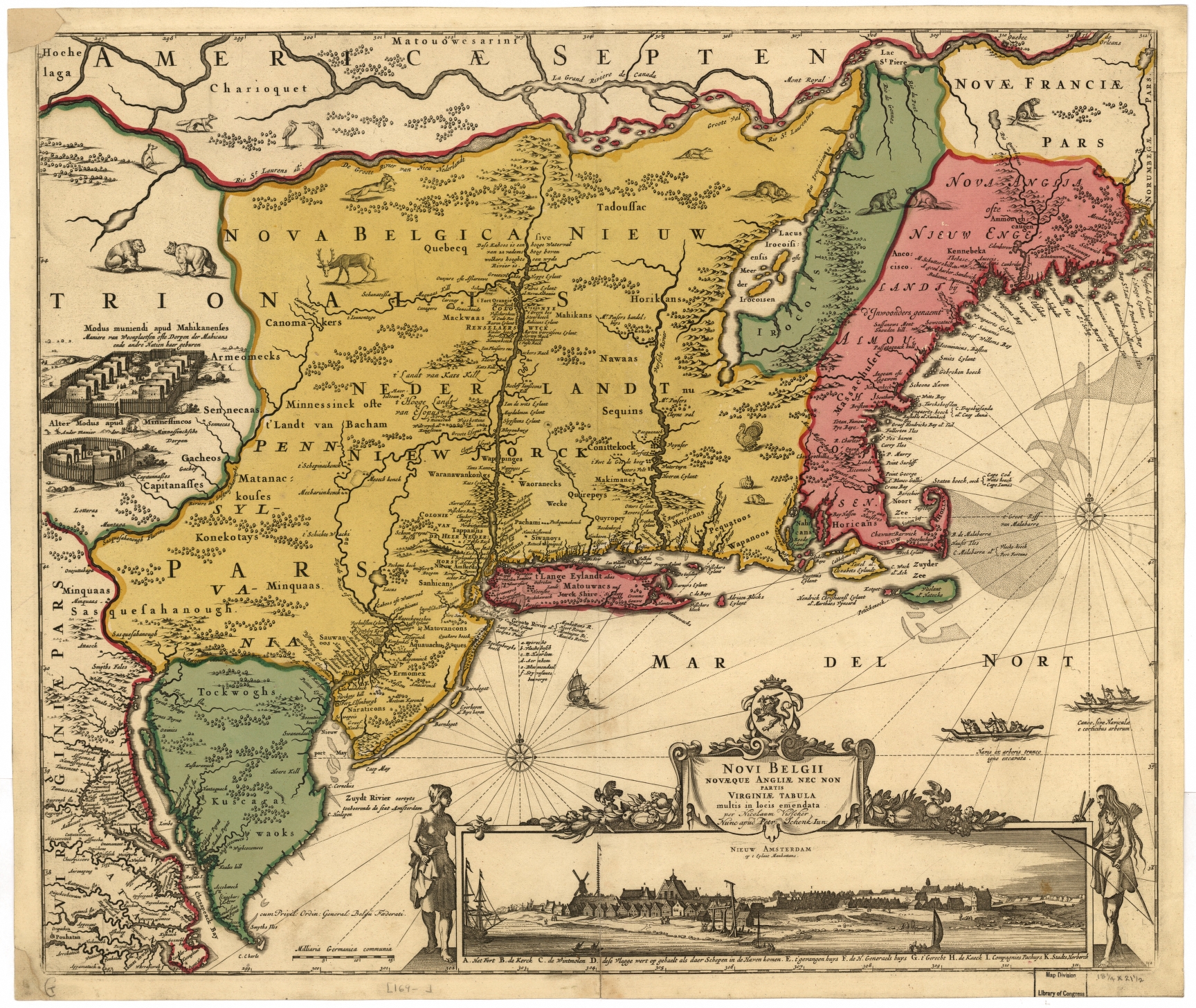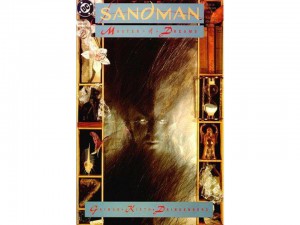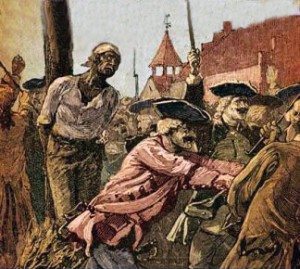Thought to be the home of the “first modern economy”, the Netherlands were experiencing a shining Golden Age by the 17th century. The nation had grown economically prosperous from its trade, dominating the lucrative trade of spices and other goods. At the same time, the Dutch were free of overt royal influence or religious dominion, allowing the development of a new ideal, a new “modern individual”: secular, middle-class, and urban.
This ideal was particularly visible in Dutch art: the rise of the businessman and middle class caused a boom in the art industry, with as many as 1,700 artists active during the Golden Age. Rather than saints or royalty, the subjects of Golden Age paintings were simply wealthier civilians, dressed smartly but not decadently, striving to be the center of the scene, but not from divine right, and often bearing some sign of the accomplishments that made them so privileged.
The artistic ideal of the modern man did not stay confined within Dutch borders. Following the exploration of Henry Hudson in 1609, the Dutch West India Company gained colonization rights and settled along the Hudson River, establishing what is today New York. With them, the Dutch traders and settlers brought their cultural ideas and artistic styles, which have since been integrated into American culture, giving rise to the similarities between American and Dutch culture present to this day.
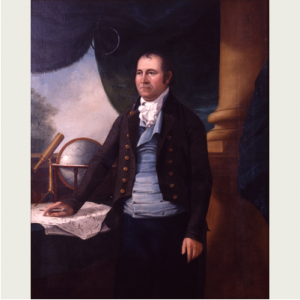

Given some time to compare works of art from either culture, one will find that the themes conveyed by both are indeed quite similar. For example, portraiture in either culture will not only focus on the subject, but on the signs of (usually) his success, and the root of it in light of the modern man stereotype. The lighting makes the subject “pop” out of the background, and will having him holding (or at least standing very close to) some sign of education and worldliness.
In Rembrandt’s 1641 work, Portrait of Cornelis Claesz. Anslo, there is scarcely a background at all, and the man is holding a book while casually gesturing at more. Much later, In the 1804 American work Simeon De Witt by Ezra Ames, again the subject’s coloring contrasts just enough with the environment’s scheme to stand out, and he places his hand on a table with maps and a globe, pen in hand. These are wealthy, educated men and these artists, separated by over a century and by nationality, are elegantly showing that off in very similar ways. The artistic modern man has clearly crossed borders.
America’s Dutch roots are as relevant today as ever!
Here are some good reasons why:
- European colonization of New Jersey started soon after the 1609 exploration of its coast and bays by Sir Henry Hudson.
- Dutch settlement in the seventeenth century concentrated along the banks of the North River and the Upper New York Bay, though they maintained trading posts along the Delaware River as well.
- In 1658, the last Director-General of New Netherland, Peter Stuyvesant, “re-purchased” the entire peninsula known as Bergen Neck, and in 1661 granted a charter to the village at Bergen, establishing the oldest municipality in the state.
- Once the English gained control of the New Netherland colony through the Treaty of Westminster, the Duke of York gifted the land between the Hudson and Delaware Rivers to two of this loyal friends, Sir George Carteret and Lord Berkeley of Stratton, who then changed the name of the area to New Jersey, after the English Channel Island of Jersey.
- The Dutch Reformed Church played an important role this expansion, following the course of the Hudson River in the north to the Raritan River in the south, settlement and population grew.
The American Presbytery secured a charter in 1766 for Queens College (now Rutgers University), where the appointment in 1784 of John Henry Livingston as professor of theology marked the beginning of the New Brunswick Theological Seminary, located on College Ave. campus.
Both of the paintings discussed in this post are housed right here at Rutgers in the Zimmerli museum! Connect with these cultural roots by seeing these Golden Age artworks for yourself, today!


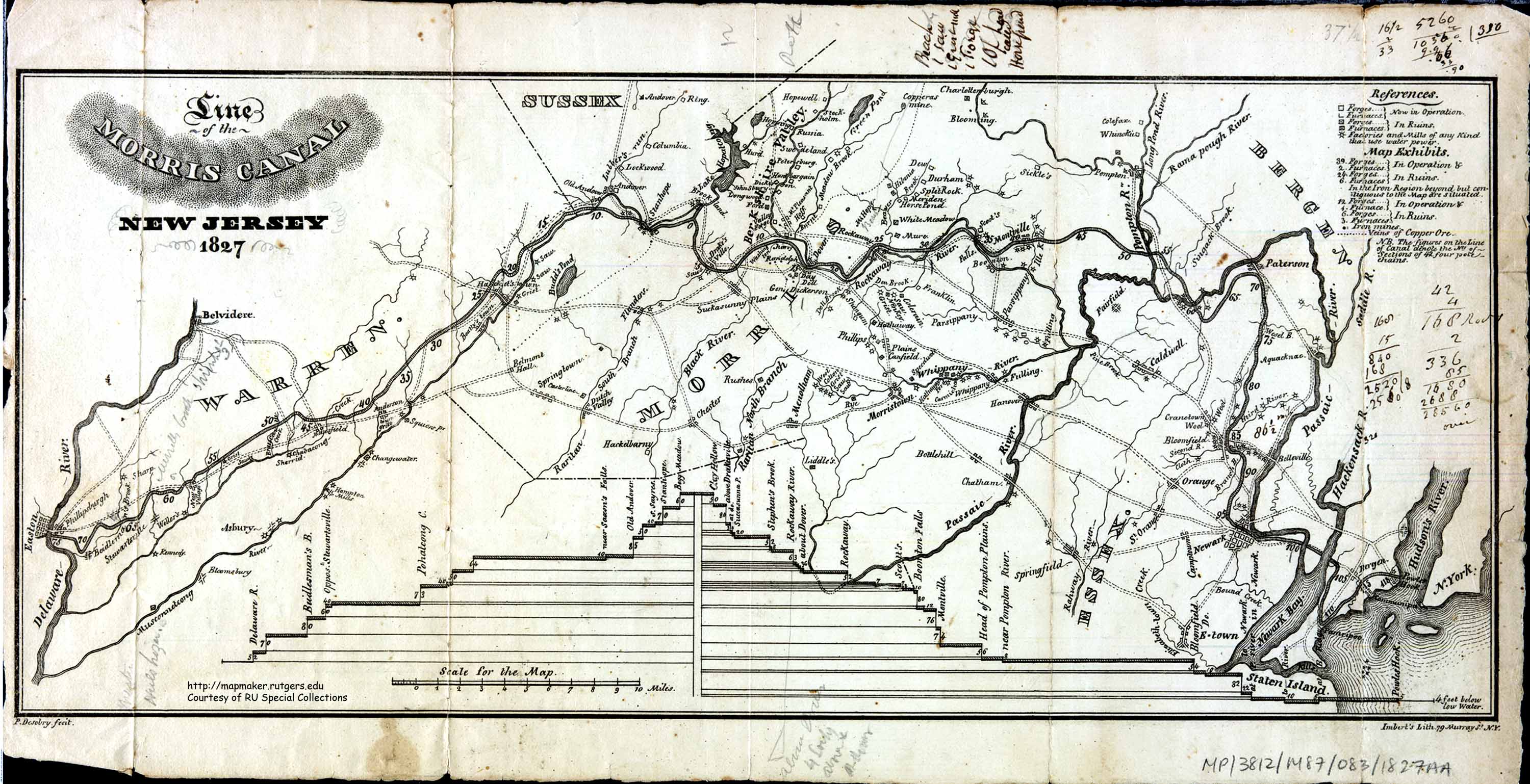

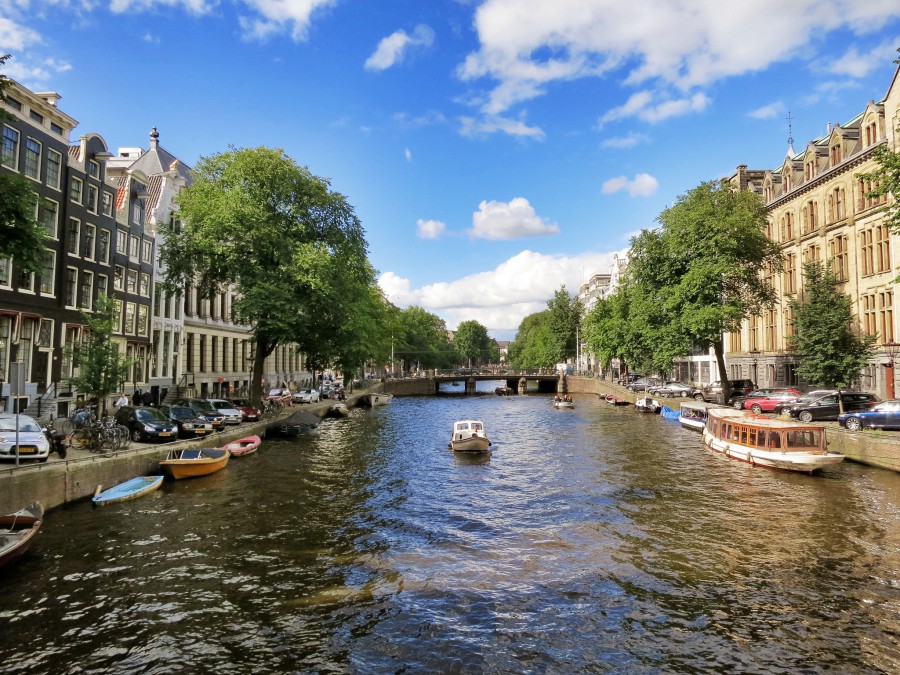
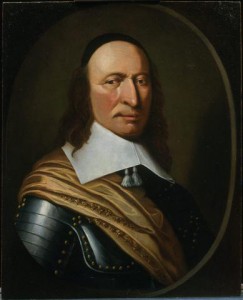

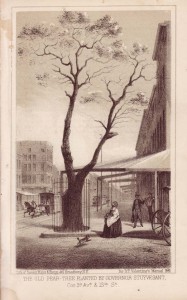
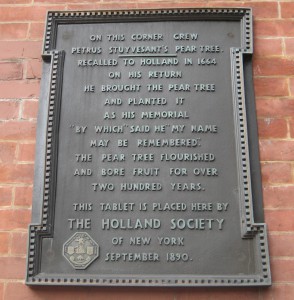 utch ancestry alive.
utch ancestry alive. 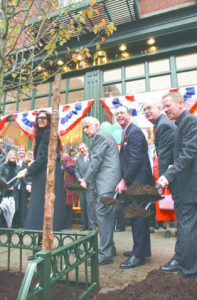
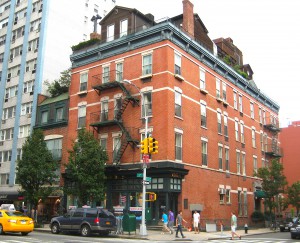 g.
g. 

![[Edin, Janin, Jim] Via Flickr [CC BY-NC-ND 2.00 https://www.flickr.com/photos/edenpictures/4980993330/in/photostream/](http://sister-republics.blogs.rutgers.edu/files/2016/04/4980993330_052c62a094_m.jpg)



